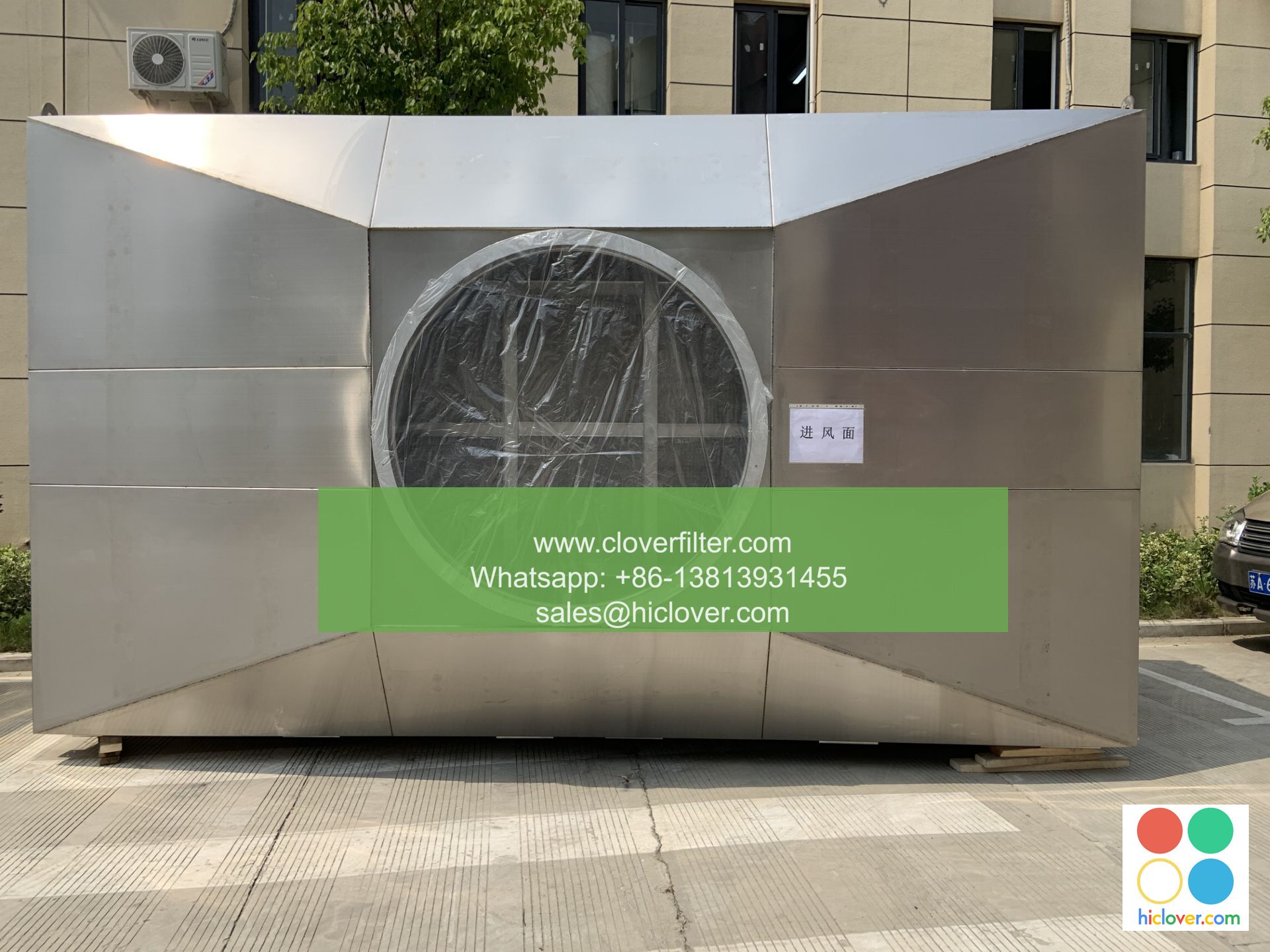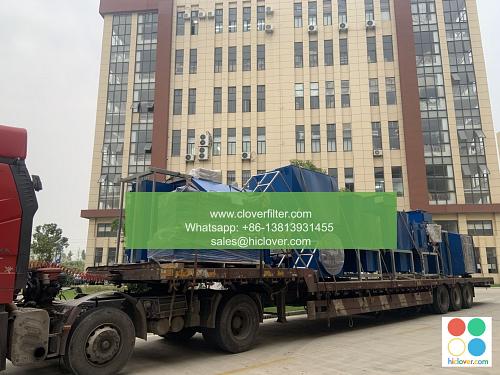Air Filter Size: The Key to Improving Indoor Air Quality in Schools

Proper air filtration is essential for maintaining good indoor air quality in schools, which is crucial for the health, comfort, and productivity of students and staff. One critical factor in achieving effective air filtration is selecting the correct air filter size. In this article, we will explore the importance of air filter size in improving indoor air quality in schools and highlight various application areas where it can make a significant difference.
Why Air Filter Size Matters
The size of an air filter affects its ability to capture airborne pollutants and particles, including dust, pollen, mold, and bacteria. A filter that is too small may not be able to handle the volume of air in a particular space, leading to reduced air quality and potentially harmful health effects. On the other hand, a filter that is too large may be more effective but also more expensive and energy-intensive.
To determine the correct air filter size, schools should consider factors such as the size of the space, the number of occupants, and the type of activities being performed. For example, a HEPA air filter (High Efficiency Particulate Air) is often recommended for classrooms and offices, as it can capture 99.97% of particles as small as 0.3 microns.
Application Areas for Improved Air Filtration
Effective air filtration can benefit various areas in schools, including:
* Classrooms: Good air quality is essential for student health and concentration. A commercial air filter can help remove airborne pollutants and allergens, creating a healthier learning environment.
* Gyms and Sports Facilities: These areas often have high levels of dust, mold, and bacteria due to heavy foot traffic and sweat. A industrial air filter can help remove these pollutants and improve indoor air quality.
* Cafeterias and Kitchens: Food preparation areas can be prone to grease, smoke, and other airborne pollutants. A restaurant air filter can help remove these particles and improve indoor air quality.
* Administrative Offices: Office areas can benefit from improved air filtration, particularly if they are located in areas with high levels of foot traffic or near sources of pollution.
Benefits of Improved Air Filtration in Schools
Improving indoor air quality through effective air filtration can have numerous benefits for schools, including:
* Improved Student Health: Reduced exposure to airborne pollutants can lead to fewer absences and improved overall health.
* Increased Productivity: Good air quality can improve concentration and focus, leading to better academic performance.
* Reduced Maintenance Costs: Effective air filtration can help reduce the need for frequent repairs and maintenance of HVAC systems.
* Energy Efficiency: Properly sized air filters can help reduce energy consumption and lower utility bills.
Conclusion
In conclusion, selecting the correct air filter size is crucial for improving indoor air quality in schools. By considering factors such as space size, occupancy, and activity level, schools can choose the most effective air filtration system for their needs. Whether it’s a HEPA air filter, commercial air filter, or industrial air filter, improved air filtration can have numerous benefits for student health, productivity, and overall well-being. By prioritizing indoor air quality, schools can create a healthier and more supportive learning environment for everyone. It looks like you haven’t provided a prompt yet. Please go ahead and give me something to work with, whether it’s a question, a topic, or a task, and I’ll do my best to help!

